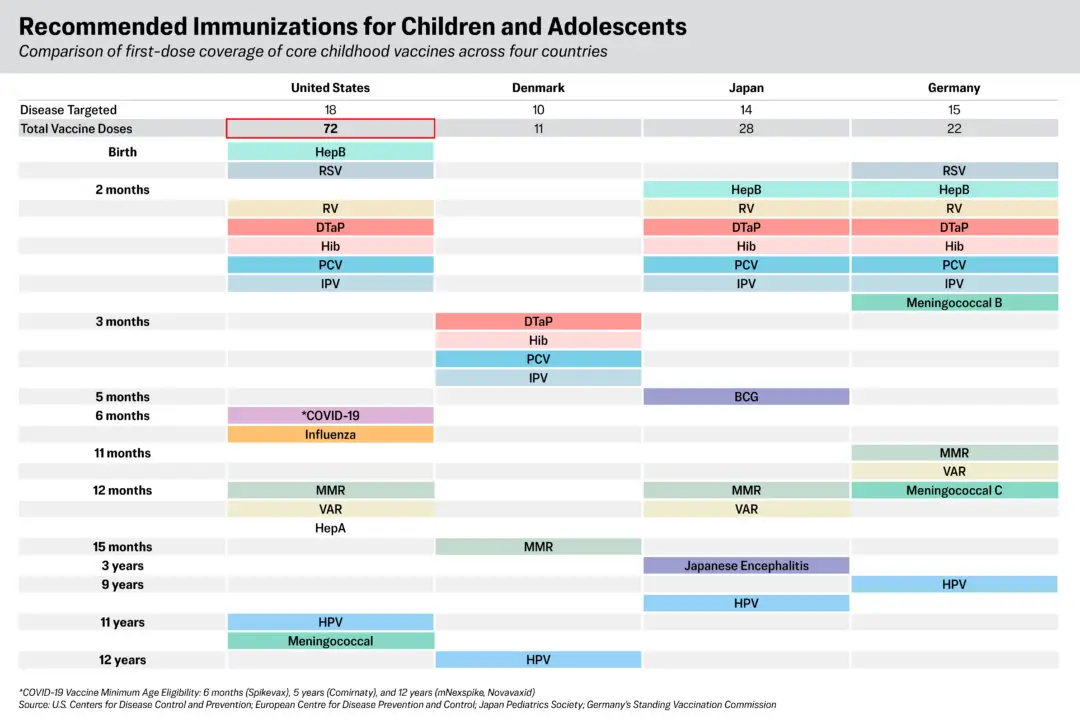Hurricane Florence has picked up strength as it barrels toward the Carolinas, with an expected landfall pushed back to early Saturday.
The storm has prompted the evacuation of millions of people and will bring life-threatening storm surges across North Carolina and South Carolina, officials at the National Hurricane Center said on Wednesday morning.




